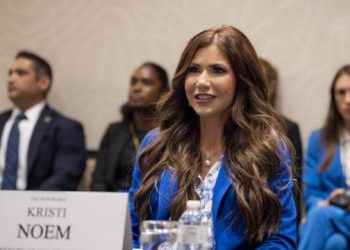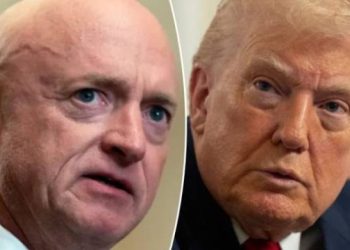A clear message has been sent to the political elite: America does not want an abortion-first future.
Kamala Harris made an unprecedented gamble by centering her campaign around a no-limits abortion agenda, only to discover that voters were not willing to follow her down that bleak, divisive path. Amid pressing concerns about inflation, immigration, and national security, Harris’s narrow focus failed to resonate with the majority of Americans.
Polling consistently reveals that while abortion is a polarizing issue, it is far from a top priority for most Americans. A recent poll found that only 15 percent of voters consider abortion their primary concern, compared to 40 percent who prioritize the economy and 17 percent focused on immigration.
Ignoring these clear signals, Harris chose to make abortion the core of her campaign, assuming a radical stance would energize her base and attract bipartisan support. Instead, it alienated voters who seek real solutions to the current administration’s challenges.
Across the political spectrum, Americans expressed discomfort with the left’s extreme priorities, particularly policies that allow abortion up to birth. This year, in 10 states, ballot initiatives gave Americans the chance to vote directly on abortion-related measures.
Florida became a key example of this rejection. Voters overwhelmingly opposed the extreme abortion agenda behind Amendment 4, delivering a major pro-life victory in post-Dobbs America. Despite being outspent 8-to-1 by pro-abortion groups, the strong leadership of Governor Ron DeSantis and the dedication of thousands of pro-life Floridians—including advocates from 40 Days for Life—crafted a blueprint for winning. Floridians turned out in force, showing they would not stand for the extreme, no-limits policies championed by Harris and Walz.
Historically, abortion has been promoted as a last-resort measure, adhering to the now-abandoned principle of “safe, legal, and rare.” The Harris-Walz campaign left no ambiguity, promoting abortion as a “right” without restrictions or accountability.
Reflecting this grim theme, Tim Walz used his final campaign stop to address men—a demographic largely ignored and criticized by the Democratic ticket—saying, “Think about the women in your life whom you love. Their lives are at stake in this election.”
It was a disheartening moment: a campaign’s final message to male voters was to support a vision that prioritizes abortion above family legacy.
Even among young voters—a critical demographic in this election—frustration grew with Harris’s extreme position. Many Gen Z voters felt that Harris’s singular focus on abortion “pandered” to young women, as though it was their only concern. While Harris relied on celebrity endorsements and prioritized abortion, young voters voiced their desire for leadership that focused on economic opportunity and safety—priorities the Harris campaign overlooked.
In contrast, President Trump’s pro-life record—defunding Planned Parenthood, supporting pregnancy centers, and appointing pro-life Supreme Court justices—resonated with voters looking for hope and family values. Trump’s approach of leaving the issue to states stood in sharp contrast to Harris’s fixation on celebrating abortion as a fundamental right.
This election cycle also highlighted Americans’ resistance to funding Planned Parenthood. Recent data from the Charlotte Lozier Institute revealed that this controversial organization received $670.4 million in taxpayer funds last year, a figure that keeps rising despite a decrease in services.
Meanwhile, nearly 3,000 pregnancy centers across the country—backed by strong public approval—offer a wide range of services to women at little or no cost.
As Americans increasingly prefer resources directed toward real support for mothers and children, the pro-life movement offers a clear alternative to an abortion industry that often treats women and their unborn children as political pawns.
Americans have made it clear: they want leaders who respect life, prioritize real-world concerns, support mothers and children, and envision a hopeful future where every life is valued.
 Telegram is where we really talk. Don't miss out!
Telegram is where we really talk. Don't miss out!









